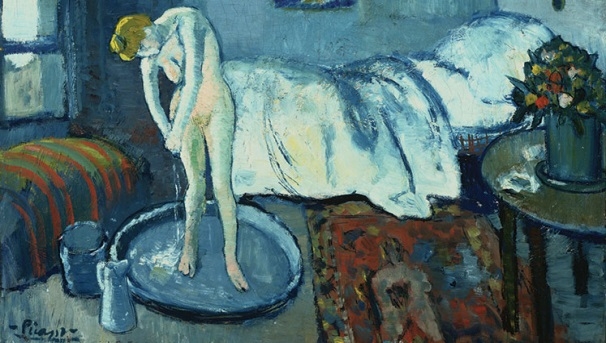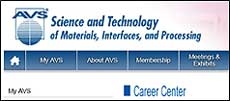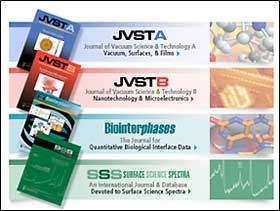
Scientists convened in Baltimore for the 2014 AVS International Symposium and Exhibitionfrom November 9–14 for a rich technical program of science and technology involving materials, interfaces, and processing. The symposium “fosters a multidisciplinary environment that cuts across traditional boundaries between disciplines, featuring papers from AVS technical divisions, technology groups, and focus topics on emerging technologies. The equipment exhibition is one of the largest in the world and provides an excellent opportunity to view the latest products and services offered by over 200 participating companies. More than 2,000 scientists and engineers gather from around the world to attend.”

Among the popular sessions were those connected to the special focus topic Conservation Studies of Heritage Materials, which I had the honor of helping to organize along with Associate Professor Amy Walker from the University of Texas at Dallas. I have always considered the intersection of art and science a unique teaching tool for increasing the public’s appreciation in both subjects. This standing-room-only session at the AVS symposium proved the point. The invited speakers included conservators from The Phillips Collection in Washington, Delaware’s Winterthur Museum, and the Art Institute of Chicago. I invite you to read Inside Science contributor Joel Shurkin’s article on this session, Science and Art Meet, Unveiling Mystery and Cultural Tragedy. The contemporary art conservator needs to be well versed in physics and in chemistry. The conservators who presented showed how they analyze, and often unlock, mysteries from great works with such techniques as x-ray fluorescence spectroscopy using synchrotron radiation, ultraviolet-induced fluorescence, and infrared imaging. AIP’s media team, who also ran the press room for the symposium, highlighted the story in one of its many press releases about AVS science. The piece was picked up by Arts Journal, which enjoys 1.5 million page views every month, and mentioned in both the print and online versions of the Wall Street Journal. Subsequently, notables and others in the arts world have tweeted about our story.
AVS is an Inside Science underwriter, and as a 2015 benefit they will receive a society-focused video to help inform the membership about the society and its scope. AIP News and Media staff shot footage at the meeting and interviewed several AVS leaders to include in the video, which will be completed in January.

Several members of the Physics Today (PT) editorial team attended sessions and visited the press room to engage speakers and session organizers. PT sponsored the exhibitor lounge—a tradition for 15 years running—for all companies showing their wares on the convention floor. Many exhibitors visited the lounge for coffee, soda, and snacks. At a separate booth, Physics Today also conducted a survey of AVS attendees. One attendee, a graduate student in plasma physics, told PT publisher Randy Nanna that he discovered the meeting through an ad that appeared in Physics Today. The session topics and AVS career fair had drawn him to the symposium, which he said was a valuable experience. AIP also supports with AVS their job site, and the AIP Career Network staff took the opportunity to attend as well, to connect with exhibitors, attendees, and AVS staff.

AIP Publishing had an adjoining booth to promote AIP and AVS journals.
Congratulations to AVS on a successful 2014 symposium.
